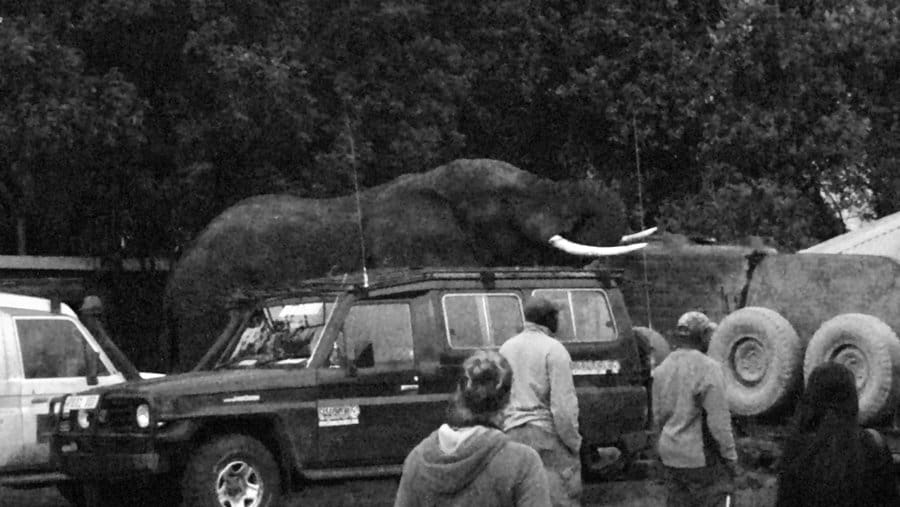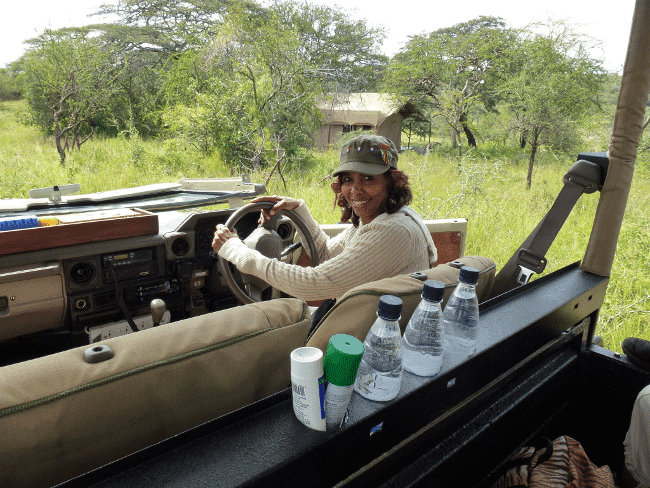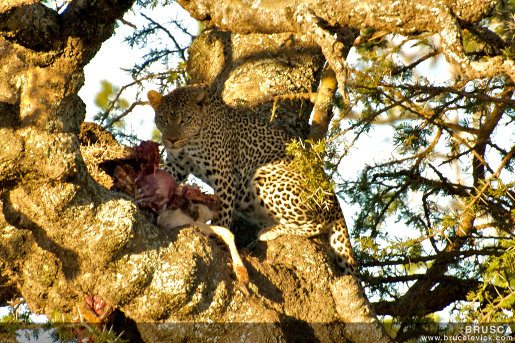Every December the Ndutu plains begin to stir.
Blue wildebeest arrive in their hundreds of thousands. Scraggy resident predators prepare for three months of abundance.
The safari experience baffles the imagination and it’s superb value.
But where is Ndutu? And why do you need to know about it?
Ndutu – Between Ngorongoro and Serengeti
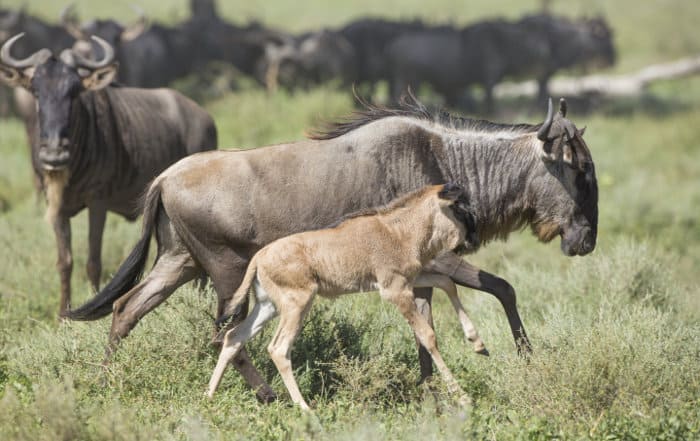
Ndutu is a corner of grassland and woodland in northern Tanzania, contiguous with Ngorongoro Conservation Area and Serengeti National Park. Most northern circuit safaris in Tanzania will pass through it.
This corner of the Serengeti ecosystem is where wildebeest come to have their calves. Newborns feed on nutrient-rich volcanic soils, meaning they develop at up to twice the speed of wildebeest elsewhere in Africa.
Thomson’s gazelle also like Ndutu for raising their young. That means this tiny corner of Tanzania is populated by over a million grazers, many of them highly vulnerable to predators.
Seasonal Plains – Only Visit Between December and March

For three months the newborns graze, developing strength for their journey ahead.
These December to March months are usually considered the start of the great wildebeest migration, although given this is a continual journey does it have a start or an end?
From December to March the safari in Ndutu is otherworldly.
Resident predators spend nine months living off scraps, before fattening up on this seasonal abundance. With so many newborn calves there is food for a large number of hunters.
Both lions and leopards can use the surrounding woodlands to hideout before a hunt. Cheetah thrive as there are so many easy meals to take. Hyenas migrate here and feast on the easy food.
From March onwards the wildebeest herds move off. By April Ndutu is quiet. The grass has been grazed and only a handful of animals remain.
It remains quiet until December. October and November are particularly lifeless, with sun-scorched grass and dusty emaciated predators.
Spectacular Off-Trail Safari – At a Reasonable Price
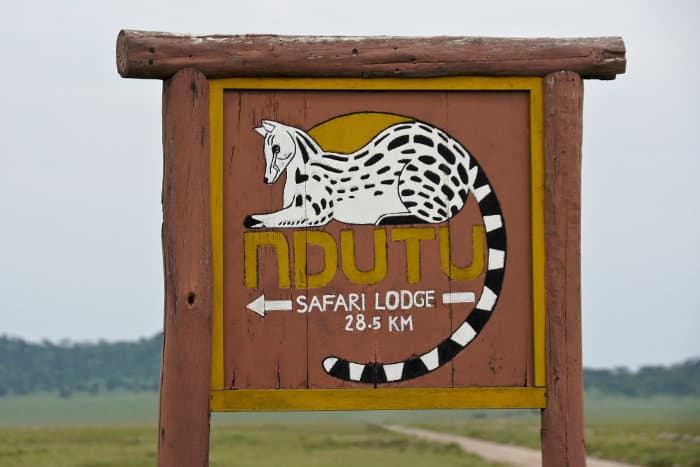
Mix lots of big cats with lots of newborn ungulates and there will be drama all over the African savanna.
In most national parks it can be difficult to track predators on a hunt, as vehicles are not permitted to drive off the trail. Driving off trail is usually only allowed in the more expensive private concessions.
However, as Ndutu is a seasonal landscape, safari vehicles can drive wherever they like. That means you can go on a budget safari and get to bump across the grasslands, following all kinds of prowling predators.
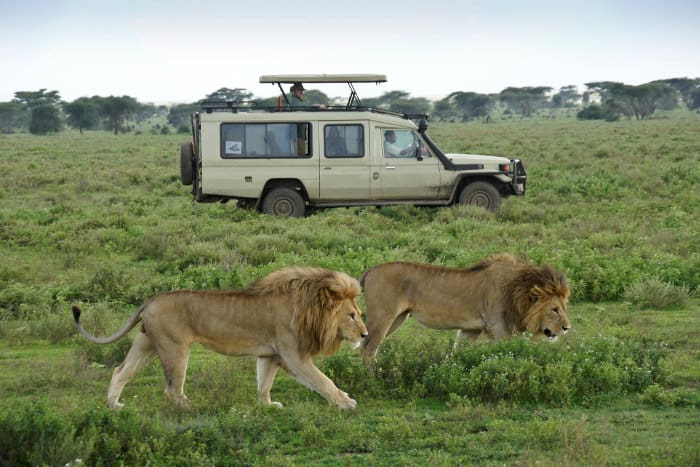
So a Tanzania safari that costs only USD 150 per day could immerse you in one of the most dramatic wildlife displays. And because nobody really knows about Ndutu, the region isn’t overly crowded.
There are only lodges and mobile camps inside Ndutu, no public campsites. Some of them include Ang’ata Migration – Ndutu Camp, Lake Ndutu Luxury Tented Lodge, and the first permanent camp in the zone; Ndutu Safari Lodge.
Most safaris will spend all possible daylight hours in this greater Serengeti migration area, tracking different predators.
To learn more about Ndutu, watch the first half of David Attenborough’s documentary “Trek: Spy on the Wildebeest: Part 1 – The Journey”.

